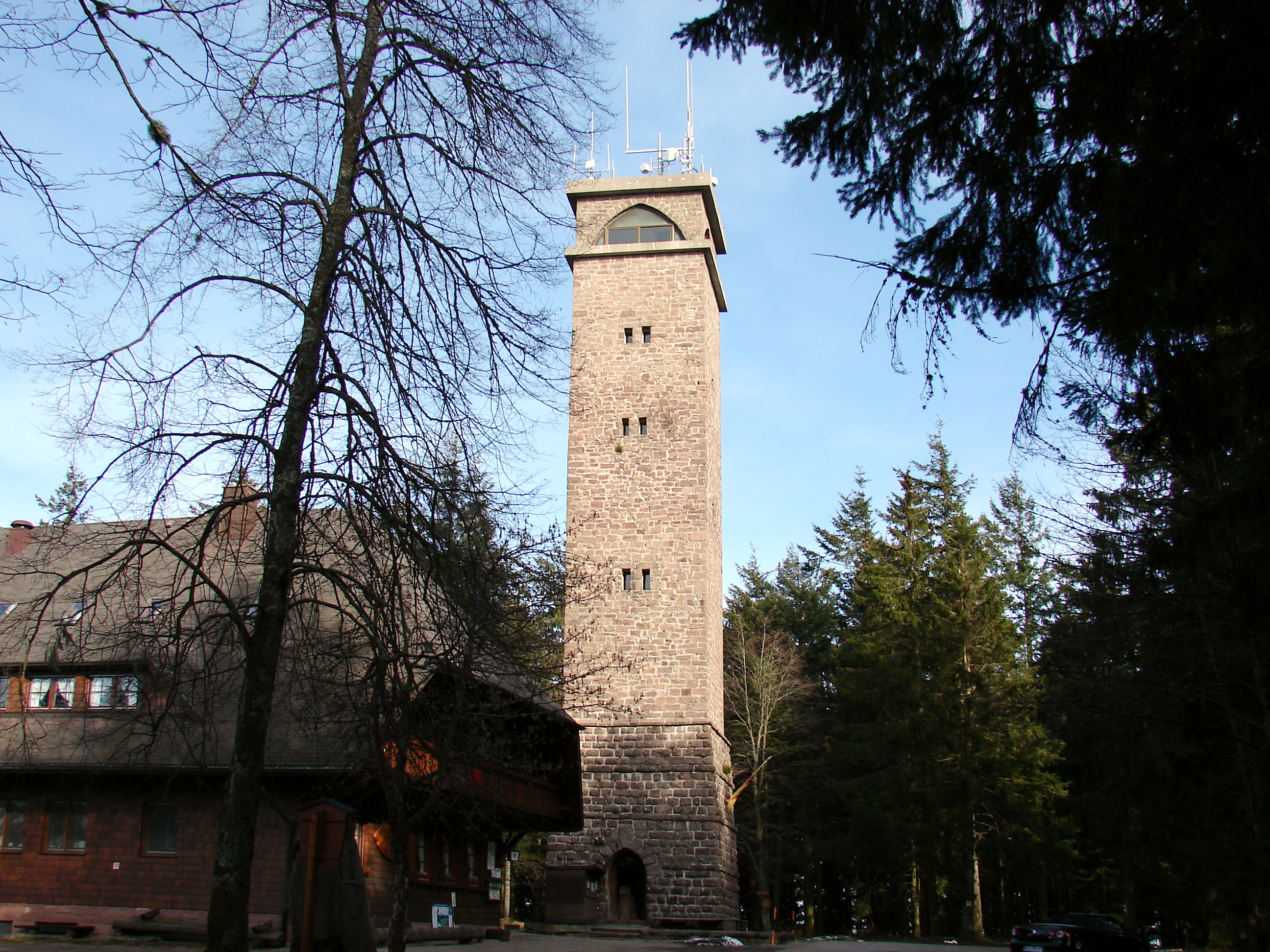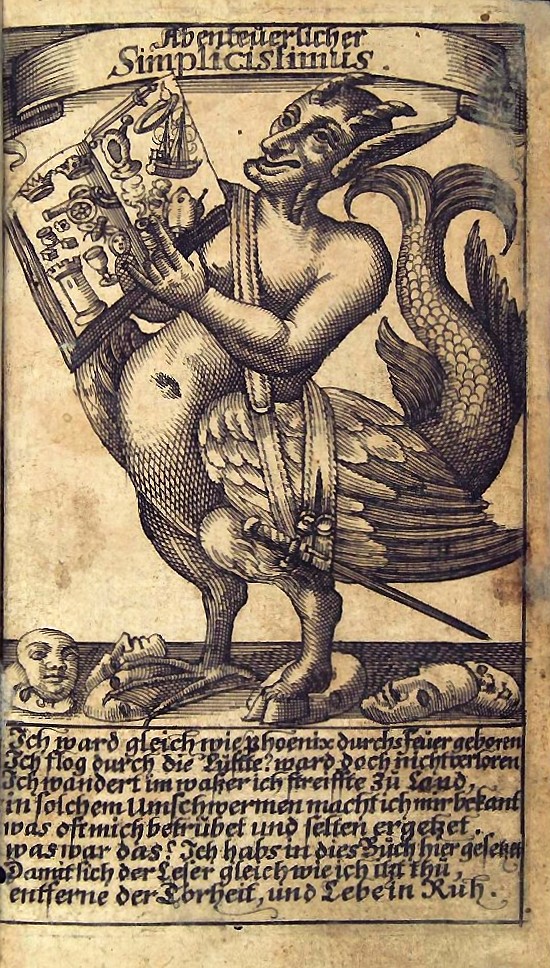|
Gengenbach–Alpirsbach Black Forest Trail
The Gengenbach–Alpirsbach Black Forest Trail (german: Schwarzwald-Querweg Gengenbach–Alpirsbach) is a long distance path through the Central Black Forest in Germany. The 51-kilometre-long east-west route is sponsored and maintained by the Black Forest Club. Its waymark is a blue diamond on a yellow background. Route description The trail begins in Gengenbach in the lower Kinzig valley and runs parallel to the river and across the Northern Black Forest. In three stages it crosses the valleys of the Nordrach, Wolf and Kleine Kinzig. In addition the east-west route crosses the three great long distance paths of the Black Forest Club: the ''Westweg'', ''Mittelweg'' and ''Ostweg''. At the end point in Alpirsbach it reaches the Kinzig valley again. The uphill and downhill sections are mainly on hiking trails, level sections (especially on the second stage) follow forest tracks that are usually gravelled. Day tours/stages First stage: Gengenbach – Nordrach (Moosmatt) Ove ... [...More Info...] [...Related Items...] OR: [Wikipedia] [Google] [Baidu] |
Moos (mountain)
The Moos is a mountain range in the Central Black Forest in southern Germany. Its highest points are the ''Siedigkopf'' () and the ''Mooskopf'' (), actually the ''Geisschleifkopf''. The Moos is the local mountain or ''Hausberg'' of Gengenbach and Oppenau. The Moos separates the valleys of the Rench and the Kinzig in an east-west direction. At the same time the Nordrach valley and theformerly free imperial valley of the Harmersbach rise on it and flow in a north-south direction. Due to its formerly dense and dark afforestation, the Moos is the scene of numerous legends and legendary figures. A leading character that appears time and again is the ''Moospfaff'', an old monk from All Saints' Abbey, who on his way to an extreme unction lost the host and now searches around leads people astray whilst he tries to find the host. The fictional character Simplicius Simplicissimus, who is commemorated on a monument, from the novel ''Der abenteuerliche Simplicissimus'' by Hans Jakob Chri ... [...More Info...] [...Related Items...] OR: [Wikipedia] [Google] [Baidu] |
Mittelweg
The ''Mittelweg'' ("Middle Way") is a north–south long-distance path which runs through the Black Forest from Pforzheim to Waldshut. It is about 230 kilometres long and was established in 1903. Since then it has been maintained and sponsored by the Black Forest Club. Its waymark is a red diamond with a white bar on a white background. Description From Pforzheim the path initially runs over the plateau between the Enz and Nagold valleys. Passing the raised bogs of the Northern Black Forest it goes to Freudenstadt and continues through the Central Black Forest via the Fohrenbühl and St. Georgen to the Hochfirst. In the Southern Black Forest the ‘’Mittelweg’’ passes through the valleys of the Schwarza and Schlücht (western branch) or Mettma (eastern branch) and reaches the High Rhine The High Rhine (german: Hochrhein) is the name used for the part of the Rhine that flows westbound from Lake Constance to Basel. The High Rhine begins at the outflow of the Rhine ... [...More Info...] [...Related Items...] OR: [Wikipedia] [Google] [Baidu] |
Landesstraße
''Landesstraßen'' (singular: ''Landesstraße'') are roads in Germany and Austria that are, as a rule, the responsibility of the respective German or Austrian federal state. The term may therefore be translated as "state road". They are roads that cross the boundary of a rural or urban district ('' Landkreis'' or '' Kreisfreie Stadt''). A ''Landesstraße'' is thus less important than a ''Bundesstraße'' or federal road, but more significant than a ''Kreisstraße'' or district road. The classification of a road as a ''Landesstraße'' is a legal matter (''Widmung''). In the free states of Bavaria and Saxony – but not, however, in the Free State of Thuringia – ''Landesstraßen'' are known as ''Staatsstraßen''. Designation The abbreviation for a ''Landesstraße'' consists of a prefixed capital letter ''L'' and a serial number (e. g. L 1, L 83, L 262 or L 3190). ''Staatsstraßen'' in Saxony are similarly abbreviated using a capital ''S'' (e. g. S 190) and the ''Staatsstraß ... [...More Info...] [...Related Items...] OR: [Wikipedia] [Google] [Baidu] |
Felsenmeer
A blockfieldWhittow, John (1984). ''Dictionary of Physical Geography''. London: Penguin, 1984, pp. 66 and 190. . (also spelt block fieldLeser, Hartmut, ed. (2005). ''Wörterbuch Allgemeine Geographie'', 13th ed., dtv, Munich, pp. 107 and 221. . ), felsenmeer, boulder field or stone field is a surface covered by boulder- or block-sized angular rocks usually associated with alpine and subpolar climates and periglaciation. Blockfields differ from screes and talus slope in that blockfields do not apparently originate from mass wastings. They are believed to be formed by frost weathering below the surface. An alternative theory that modern blockfields may have originated from chemical weathering that occurred in the Neogene when the climate was relatively warmer. Following this thought the blockfields would then have been reworked by periglacial action. Most known blockfields are located in the northern hemisphere. Examples can be found in Abisko National Park in Sweden, Snowdonia ... [...More Info...] [...Related Items...] OR: [Wikipedia] [Google] [Baidu] |
Schapbach
Bad Rippoldsau-Schapbach ( Low Alemannic: ''Ribbeldsau-Schaba'') is a municipality in the district of Freudenstadt in Baden-Württemberg in southern Germany. Geography The Municipality is located in the black forest in the Wolftal valley, 15 km away from Freudenstadt. The Municipality is divided into two villages, Bad Rippoldsau and Schapbach. Bad Rippoldsau has an elevation of 560 meters and Schapbach has an elevation of 410 meters. History The first historical mention of Bad Rippoldsau was in 1179, of Schapbach in 1220. Until 1974 the two villages were two municipalities, but then they became one. Since the 15th century there has been a spa in Bad Rippoldsau. Sights - The Catholic pilgrimage church of Bad Rippoldsau, which was built in 1829 by Christoph Arnold, a pupil of Friedrich Weinbrenner. - The baroque church of Schapbach - The Kastelstein, a rock near Bad Rippoldsau. - The Glaswaldsee, a cirque lake which was formed by glaciers during the last ice age - The ... [...More Info...] [...Related Items...] OR: [Wikipedia] [Google] [Baidu] |
Brandenkopf
The Brandenkopf is and one of the highest mountains in the Central Black Forest in southern Germany. The mountain lies in the county of Ortenaukreis in the state of Baden-Württemberg within the municipalities of Oberharmersbach, Fischerbach and Hausach, its summit is part of Oberharmersbach. The mountain forms the prominent centrepiece between the valleys of the Kinzig, the Wolf and the Harmersbach. The name of the Brandenkopf ("Fire Peak") is derived from a great forest fire in 1730. Before this event it was called the ''Varnlehenskopf''. The Brandenkopf is well developed with roads and footpaths (including the Hansjakobweg II and a link to the West Way, 3.5 km away) from several directions. There is a transmitter, the Sender Brandenkopf, on the mountain. Sights The 32-metre-high Brandenkopf Tower (''Brandenkopfturm'') has stood on the summit since 1929. This is a stone observation tower, which has extensive views over the Black Forest countryside and, o ... [...More Info...] [...Related Items...] OR: [Wikipedia] [Google] [Baidu] |
Hans Jakob Christoffel Von Grimmelshausen
Hans Jakob Christoffel von Grimmelshausen (1621/22 – 17 August 1676) was a German author. He is best known for his 1669 picaresque novel '' Simplicius Simplicissimus'' (german: link=no, Der abenteuerliche Simplicissimus) and the accompanying ''Simplician Scriptures'' series. Early life Grimmelshausen was born at Gelnhausen. At the age of ten he was kidnapped by Hessian soldiery, and in their midst experienced military life in the Thirty Years' War. In 1639 he became a regular soldier in the Imperial Army. At the latest in the year 1644 he worked as a writer in a regiment's chancellery—from that year on documents by Hans Jakob Christoffel exist. At the close of the war, Grimmelshausen entered the service of Franz Egon von Fürstenberg, bishop of Strasbourg. In 1665, he was made magistrate (german: link=no, Schultheiß) at Renchen in Baden. On obtaining this appointment, he devoted himself to literary pursuits. Works Grimmelshausen's work is greatly influenced ... [...More Info...] [...Related Items...] OR: [Wikipedia] [Google] [Baidu] |
Silver Fir
Silver fir is a common name for several trees and may refer to: *''Abies alba ''Abies alba'', the European silver fir or silver fir, is a fir native to the mountains of Europe, from the Pyrenees north to Normandy, east to the Alps and the Carpathians, Slovenia, Croatia, Bosnia and Herzegovina, Montenegro, Serbia, and sou ...'', native to Europe *'' Abies amabilis'', native to western North America *'' Abies pindrow'', native to Asia {{Short pages monitor ... [...More Info...] [...Related Items...] OR: [Wikipedia] [Google] [Baidu] |
Lothar (hurricane)
Lothar is a Danish, Finnish, German, Norwegian, and Swedish masculine given name, while Lotár is a Hungarian masculine given name. Both names are modern forms of the Germanic Chlothar (which is a blended form of ''Hlūdaz'', meaning "fame", and ''Harjaz'', meaning "army"). Notable people with this name include: Surname * Ernst Lothar (1890–1974), Moravian-Austrian writer * Hanns Lothar or Hanns Lothar Neutze (1929–1967), German actor * Mark Lothar (1902–1985), German composer * Rudolf Lothar (1865–1943), Hungarian-born Austrian writer * Susanne Lothar (1960–2012), German actress Given name * Lothar Ahrendt (born 1936), former interior minister of the German Democratic Republic * Lothar Albrich (1905–1978), Romanian hurdler * Lothar Baumgarten (1944–2018), German artist * Lothar Berg (1930–2015), German mathematician * Lothar Bolz (1903–1986), East German politician * Lothar-Günther Buchheim (1918–2007), German author * Lothar Collatz (1910–1990), G ... [...More Info...] [...Related Items...] OR: [Wikipedia] [Google] [Baidu] |
Ortenau Wine Path
The Ortenau, originally called Mortenau, is a historic region in the present-day German state of Baden-Württemberg. It is located on the right bank of the river Rhine, stretching from the Upper Rhine Plain to the foothill zone of the Black Forest. In the south, it borders on the Breisgau region, covering approximately the same area as the Ortenaukreis, a present-day administrative district with its centre at Offenburg. History The region was first mentioned as ''Mordunouva'' in a 763 deed. Then an early medieval county (''Gau'') in the German stem duchy of Swabia, it received its name from a fortification near Ortenberg at the site of later Ortenberg Castle. In 1007, King Henry II enfeoffed the Bishops of Bamberg with the Ortenau estates. However, as the bishops were not able to control their remote Swabian lands themselves, they entrusted the rule to the local noble House of Zähringen. When the Zähringen dukes became extinct in 1218, quarrels broke out over their succe ... [...More Info...] [...Related Items...] OR: [Wikipedia] [Google] [Baidu] |
Moos (Berg)
The Moos is a mountain range in the Central Black Forest in southern Germany. Its highest points are the ''Siedigkopf'' () and the ''Mooskopf'' (), actually the ''Geisschleifkopf''. The Moos is the local mountain or ''Hausberg'' of Gengenbach and Oppenau. The Moos separates the valleys of the Rench and the Kinzig in an east-west direction. At the same time the Nordrach valley and theformerly free imperial valley of the Harmersbach rise on it and flow in a north-south direction. Due to its formerly dense and dark afforestation, the Moos is the scene of numerous legends and legendary figures. A leading character that appears time and again is the ''Moospfaff'', an old monk from All Saints' Abbey, who on his way to an extreme unction lost the host and now searches around leads people astray whilst he tries to find the host. The fictional character Simplicius Simplicissimus, who is commemorated on a monument, from the novel ''Der abenteuerliche Simplicissimus'' by Hans Jakob Chri ... [...More Info...] [...Related Items...] OR: [Wikipedia] [Google] [Baidu] |






